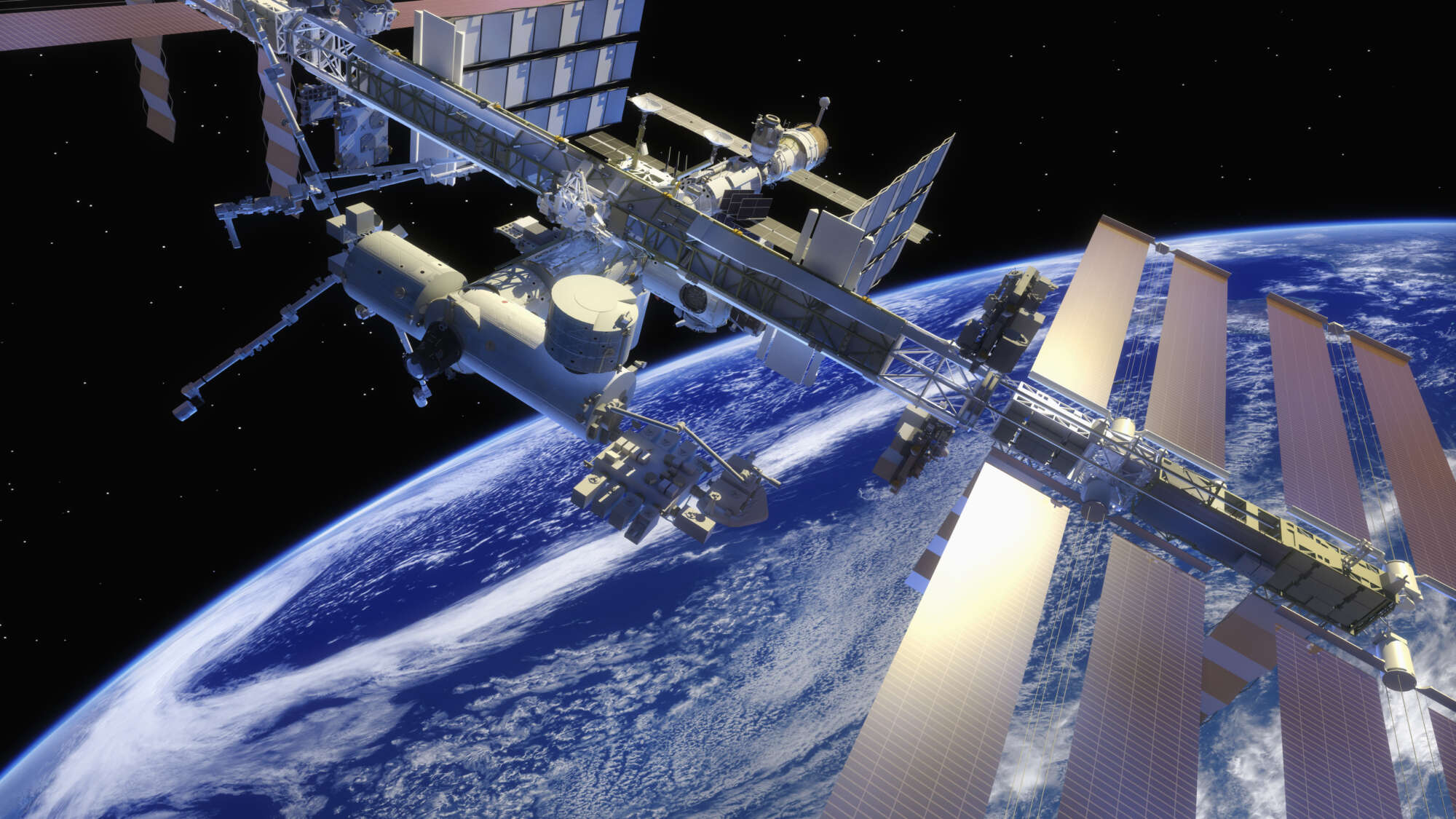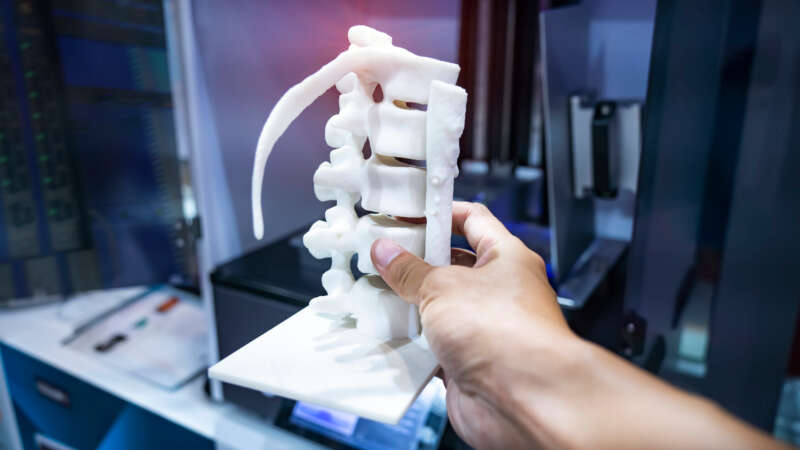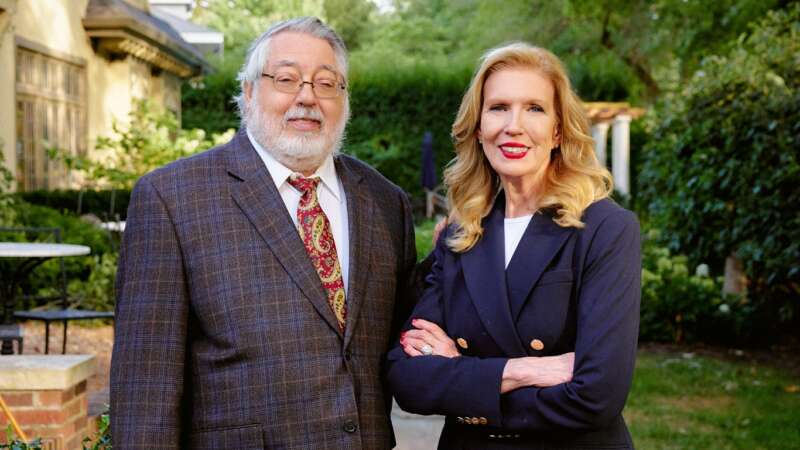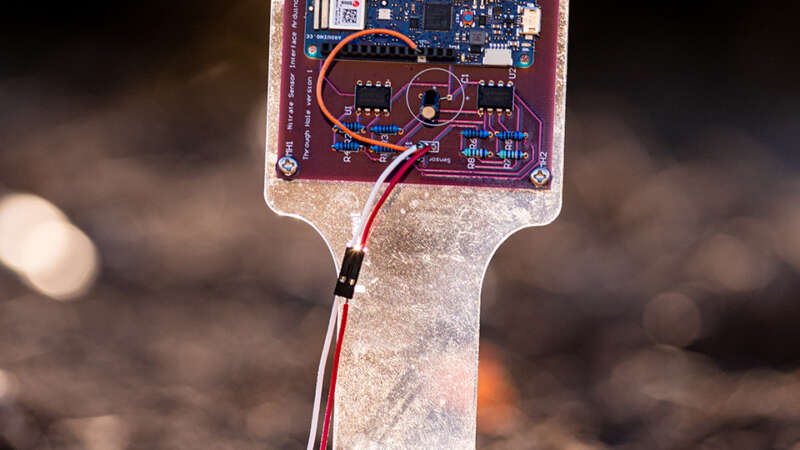Research team launches experiment to International Space Station
With its icy trees and frost-covered fields, Kansas is no stranger to winter. While the Midwest faces its fair share of frigid conditions, its strategies to address the resulting damage are lacking.
Now a team of engineers from the Carl R. Ice College of Engineering seeks to combat condensation damage by looking past the plains — to the International Space Station.
Amy Betz, assistant dean for retention, diversity and inclusion and associate professor of mechanical and nuclear engineering, explains that the four-year project aims to reduce the threat frozen condensation poses to many trades.
“Frost and ice formation negatively impact many industries, including aviation, consumer devices, clean water, agriculture, and refrigeration and air-conditioning systems,” Betz noted.
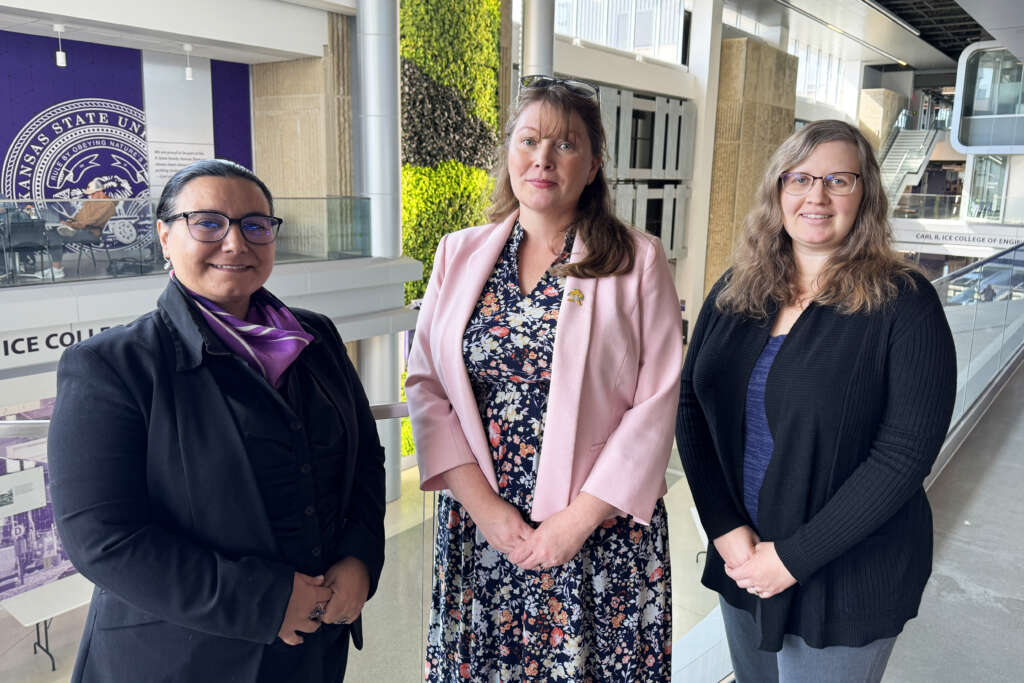
Collaborating with co-principal investigators Melanie Derby, the Dr. Charles E. Wilson chair in engineering and a professor in the Alan Levin Department of Mechanical and Nuclear Engineering, and Hande McGinty, assistant professor of computer science, Betz is focused on engineering surfaces and processes that prevent the harmful effects of frost.
This project’s innovative plan has garnered national attention and a $400,000 grant from the National Science Foundation, in collaboration with the ISS National Laboratory. Betz said the space station’s microgravity environment is ideal for the project — the unique setting will slow the growth of ice crystals and enhance visualization, allowing the team to track and quantify important condensation characteristics.
“We will use machine learning to analyze data from the ISS and from Earth to develop models for predicting condensation and freezing behavior,” she said. “The more we can learn about ice and frost formation in the microgravity conditions on the International Space Station, the better equipped we will be to reduce or eliminate it here on Earth.”
